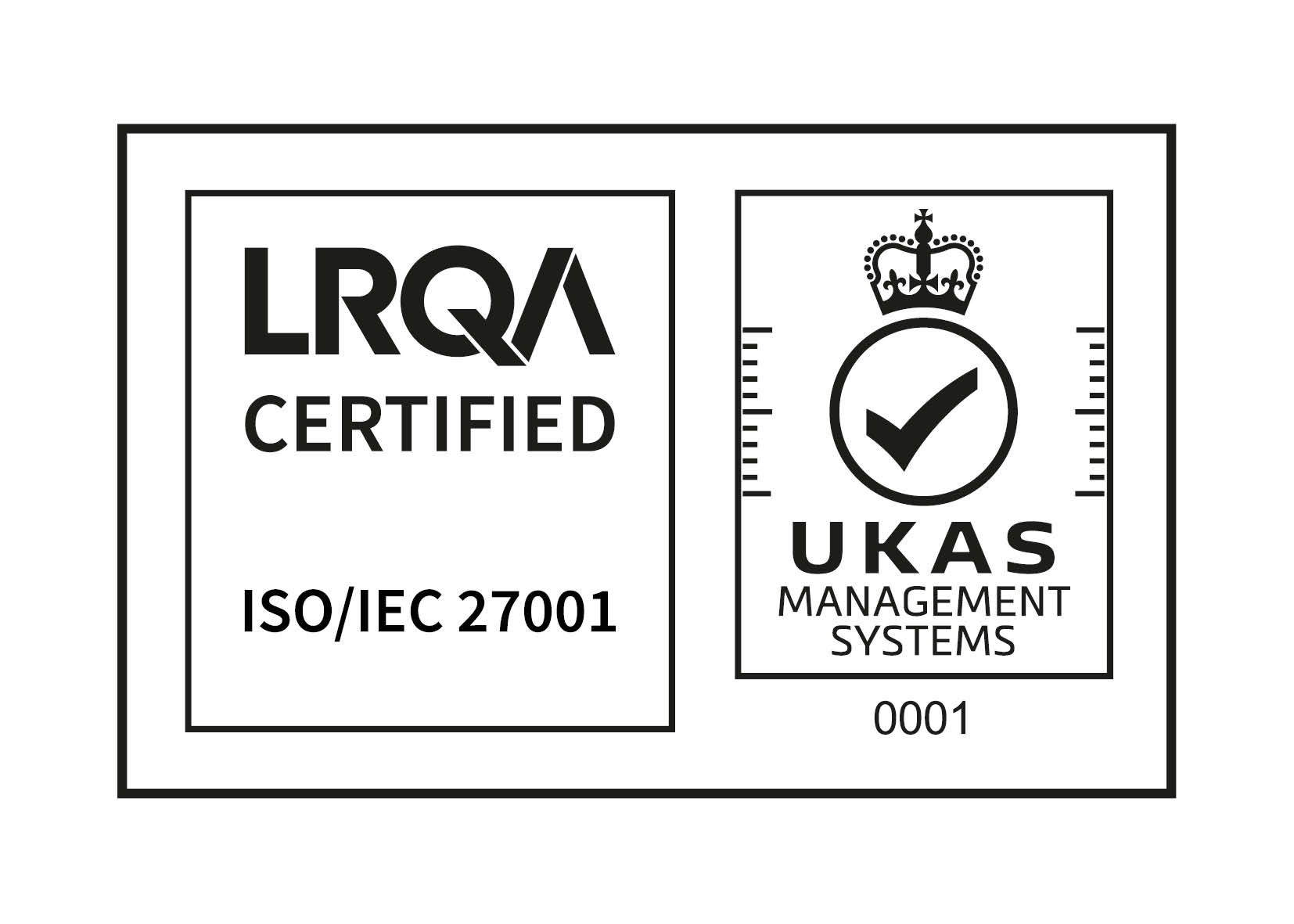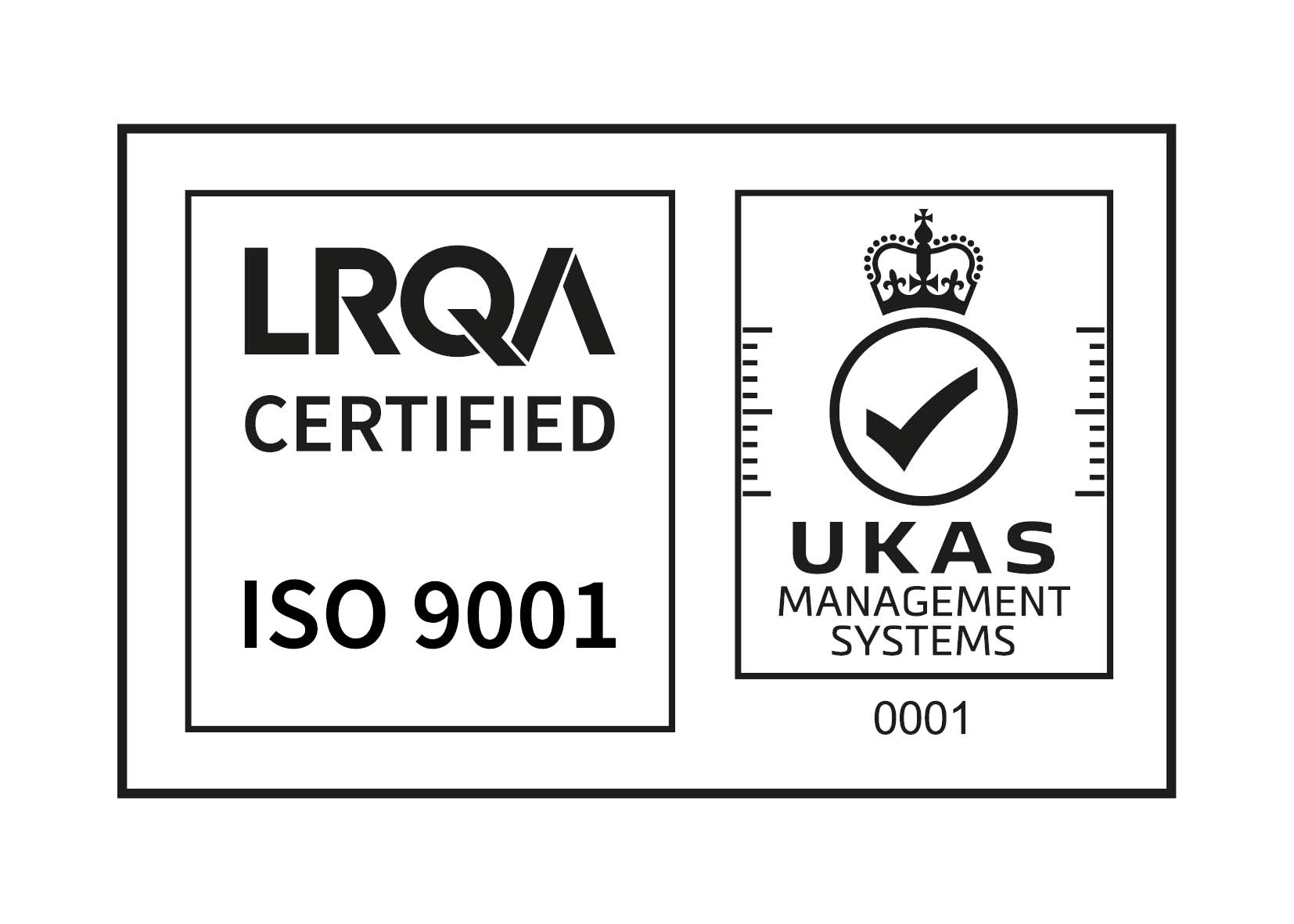Share this
Is Employee Relations The Same As HR?
by Emma Laxton on August 25, 2025
In a one-word answer, no, employee relations isn’t the same as HR. As with many temptingly simple answers to seemingly tricky questions, however, this doesn’t begin to explain the ways in which employee relations and HR overlap with each other and the degree to which effective delivery of one will feed into effective delivery of the other.
The Differences Between HR & ER
In general terms, employee relations form a part of the wider field of Human Resources (HR), but is more focused on specific issues. It is based on the relationship between an organisation and the people it employs, and focuses on the creation and maintenance of a positive environment within an organisation and a culture which fosters open and clear communication around issues such as conflicts, grievances and employee concerns. HR is all-encompassing in its concern with the more practical aspects of employee management such as recruitment, salaries, training and on-going professional development.

The Legal Viewpoint
One of the main drivers of effective employee relations is the creation of a working culture in which employees are being treated fairly and which avoids the time, expense and reputational damage of having to deal with tribunals or legal cases.

To do this, employee relations need to adhere to the legal foundations of the rights of employees and employers, which means having a detailed understanding of the key pieces of legislation:
• Employee Rights Act 1966 – sets out the fundamental rights enjoyed by UK employees, such as protection against unfair dismissal, the right to written terms and conditions and maternity and paternity leave
• Equality Act 2010 – the main legislation dealing with the issues of equality and diversity and prohibiting discrimination in the workplace on the basis of protected characteristics. These include gender, race, religion, disability and age.
• Trade Union and Labour Relations (Consolidation) Act 1992 – the legal framework for relations between employer and employees and any trade unions representing the interests of employees. Various parts of the legislation cover things like dispute resolution, collective bargaining and industrial action. An understanding of this legislation is vital if your organisation has a unionised workforce.
• Health and Safety at Work Act 1974 – legislation which places a legal duty on employers to create and maintain a safe working environment, including specific requirements in terms of risk assessments, safety training etc.

This legislation has a two-fold impact on employee relations – in the first instance, the question of compliance means that employee relations have to be shaped around what is legally required in order to avoid workplace situations which lead to employee-employer conflict and tribunals, and secondly because it provides a framework upon which wider and deeper employee relations can be constructed. While meeting the legal requirements is never enough in itself, it does represent an extremely effective starting point.
Practical Applications Of Employee Relations
It is one thing to understand employee relations as a concept or an abstract idea, but it’s perhaps more helpful to look at the ways in which the principles are actually applied within an organisation.

The practical workplace application of effective employee relations includes the following:
Employee Engagement
Initiatives designed to enhance employee engagement aim to build the relationship between employees and employer and foster loyalty and commitment to the organisation as a whole. Employee engagement initiatives could include pathways for professional development, team-building activities and award programmes.
Conflict Resolution
Even the best employee relations aren’t going to stop workplace conflicts arising altogether, but they can ensure that any such conflicts are handled fairly and consistently, whether this involves conflict between employees or between employees and employers. If employee relations have been prioritised to the right degree then systems will be in place to flag up conflict and potential conflict promptly, and deal with each example as it arises in a manner which is demonstrably consistent on a case by case basis. An HR Case Management system that ensures and records consistency is a huge bonus in these situations.
Performance
Effective performance management is an aspect of employee relations which can enhance the professional growth and development of individual employees at the same time as boosting the wider development of an organisation. It can do this – as is the case with so many aspects of employee relations – by creating clear and accessible frameworks, in this case involving opportunities for regular and useful feedback and clear expectations of what is expected of employees.
Grievances
Employee relations should create channels enabling employees to bring forward grievances or concerns in the clear understanding that these grievances will be taken seriously, handled sensitively and dealt with in a suitable manner. The use of appropriate case management systems is essential to ensure that grievance handling is, and can be demonstrated to be, fair and legal.
Change Management
One of the trickiest aspects of any relationship between an employee and the organisation they work for is the process of handling change. The nature of the change can be anything from a merger or restructuring to the introduction of new processes or technologies, but the process of change will only run smoothly if the detail and impact is communicated clearly and employees are invited to play a full role in delivery from the period before the practical aspects of that change begin to be felt. Any major change to the operation of an organisation is doomed to failure if there isn’t sufficient buy-in from the people tasked with delivering that change, and employee relations are a vital part of ensuring that buy-in is present.
The Effect Of Getting Employee Relations Wrong
In many ways it is easier to identify the importance and impact of employee relations when the right systems and processes haven’t been put in place. Effective employee relations, after all, should lead to the seamless delivery of effective working methods, something which, by definition, is harder to quantify than the opposite.

The best way to illuminate the importance of employee relations and the way in which they intersect with HR is to audit the current operations of your organisation in order to identify those areas in which things aren’t being done properly. The symptoms of dysfunctional or absent employee relations include the following:
Turnover
High levels of staff turnover are a red flag when it comes to employee relations. Employees opting to leave and seek work elsewhere are clearly signalling that something has gone wrong and this is often the result of changes being forced in a top down manner without sufficient employee participation. In addition to acting as a sign that employee relations aren’t being handled properly, high turnover is bad for the effective operation of any organisation, as it involves having to repeatedly start from scratch in terms of recruitment and training.
Absenteeism
While high turnover – featuring employees moving on altogether – is probably the clearest sign of poor employee relations, absenteeism comes a close second, as it is often a sign that the workplace culture isn’t offering sufficient support to employees. This can be apparent in two different ways – the first being that there are poor policies in place around absenteeism – i.e. for monitoring levels of absenteeism and supporting employees back to work – and the second being that the wider culture of the workforce is actually driving the absenteeism, by making employees feel de-motivated or burnt out.
Performance
Occupying a staging post somewhere on the journey toward absenteeism and high turnover is poor performance. This can be driven by multiple factors, of course, but employee relations is going to feed into poor performance if staff don’t have the motivation to perform to the best of their ability. It can be a sign that change has been handled badly, internal relationships between employees as individuals or different departments in an organisation are poor, or employees feel under-appreciated because their grievances, issues or simply thoughts on how the workplace is functioning aren’t being taken into account and responded to.
HR Cases & Tribunals
The fact that employees feel they have to take an organisation to employment tribunals, raise cases or launch legal action, is a clear sign that employee relations have broken down. If the right HR and employee relations systems are in place there should be multiple opportunities to deal with a grievance or workplace issue before it reaches the crisis point of having to be arbitrated by a third party.
HR Case Management & Employee Relations
HR case management is often seen as being a topic which needs to be addressed only as and when issues occur in an organisation, and although we’ve written in the past about the way in which proactive case management can counter this minimalistic way of looking at things, it is an approach which all too many organisations cling to.
The effective handling of employee relations can do much to stop issues arising and developing into genuine problems, thanks to a focus on the employee/employer relationship at a more granular level – i.e. dealing with employees in manner which is fair and consistent and aligns with the relevant legislation, and doing so through the ins and outs of an average working day.
Empowering HR Managers to spot patterns in the cases that they see and identify areas of concern can help organisations prioritise their employee relations efforts to address any potential flash points before they escalate.
Workpro Supports Good Employee Relations
Workpro software can play a key role in delivering highly effective HR case management, and it can also help to deliver effective employee relations. To give a very clear example, the warning signs of poor employee relations can be tracked and identified at the earliest possible stages via the data collection and reporting capabilities of Workpro. In addition, and just as importantly, when issues do arise (and issues will arise in even the most well-run organisations) Workpro ensures that the systems are in place to deliver consistent responses and solutions and to maintain compliance with the latest employment legislation.
Share this
- December 2025 (2)
- November 2025 (1)
- October 2025 (2)
- September 2025 (1)
- August 2025 (3)
- July 2025 (2)
- May 2025 (2)
- April 2025 (3)
- February 2025 (3)
- December 2024 (1)
- November 2024 (1)
- October 2024 (1)
- June 2024 (1)
- May 2024 (2)
- April 2024 (2)
- March 2024 (1)
- February 2024 (1)
- January 2024 (1)
- December 2023 (1)
- November 2023 (2)
- October 2023 (1)
- August 2023 (2)
- July 2023 (2)
- June 2023 (2)
- May 2023 (1)
- April 2023 (3)
- February 2023 (3)
- December 2022 (2)
- October 2022 (1)
- September 2022 (3)
- August 2022 (2)
- July 2022 (2)
- June 2022 (1)
- March 2022 (2)
- February 2022 (1)
- January 2022 (1)
- December 2021 (1)
- October 2021 (1)
- June 2021 (2)
- May 2021 (1)
- February 2021 (2)
- October 2020 (1)
- September 2020 (1)
- August 2020 (1)
- July 2020 (1)
- June 2020 (3)
- April 2020 (1)
- October 2019 (2)
- September 2019 (2)
- May 2019 (1)
- March 2019 (1)
- November 2018 (1)
- July 2018 (1)
- November 2017 (1)
- September 2015 (1)








